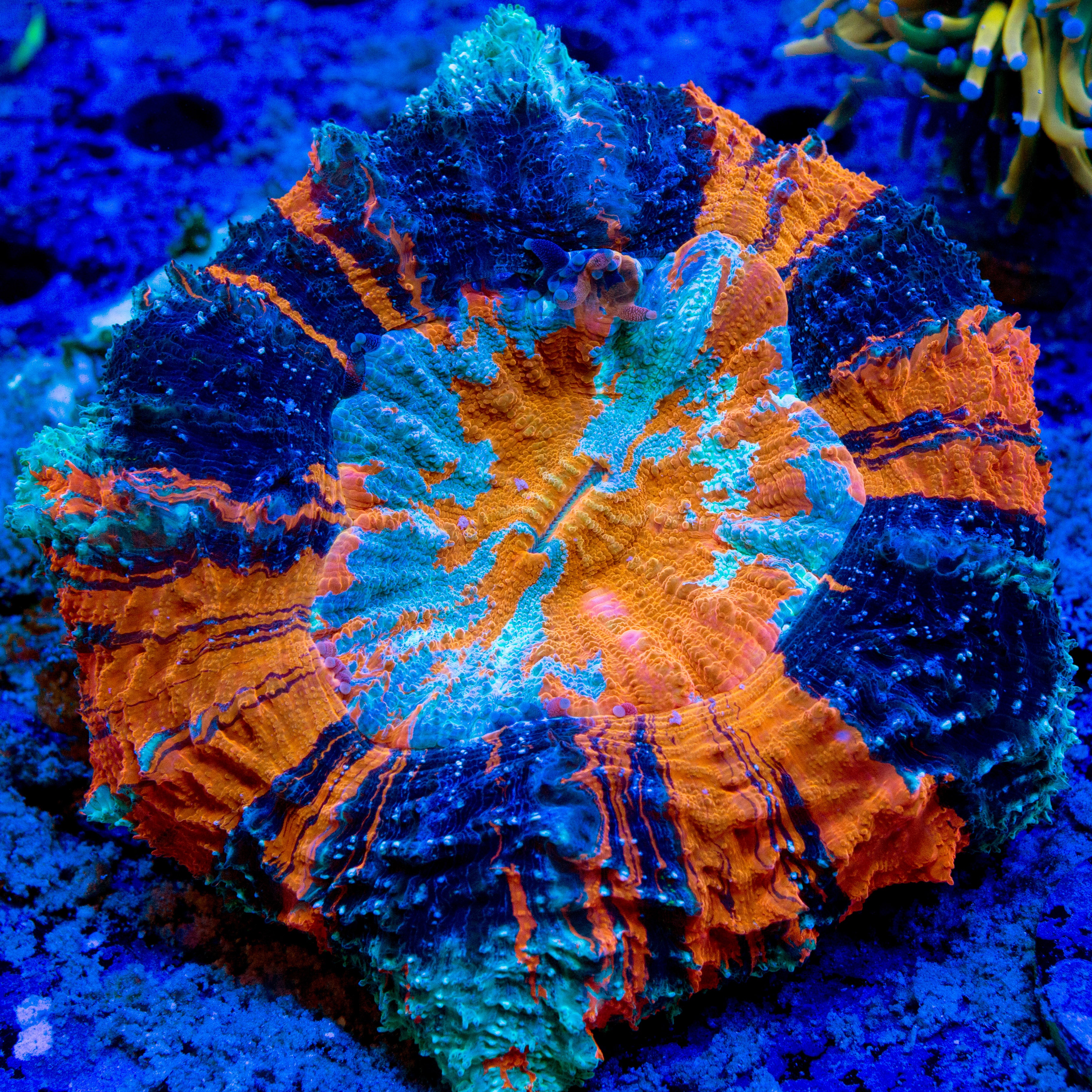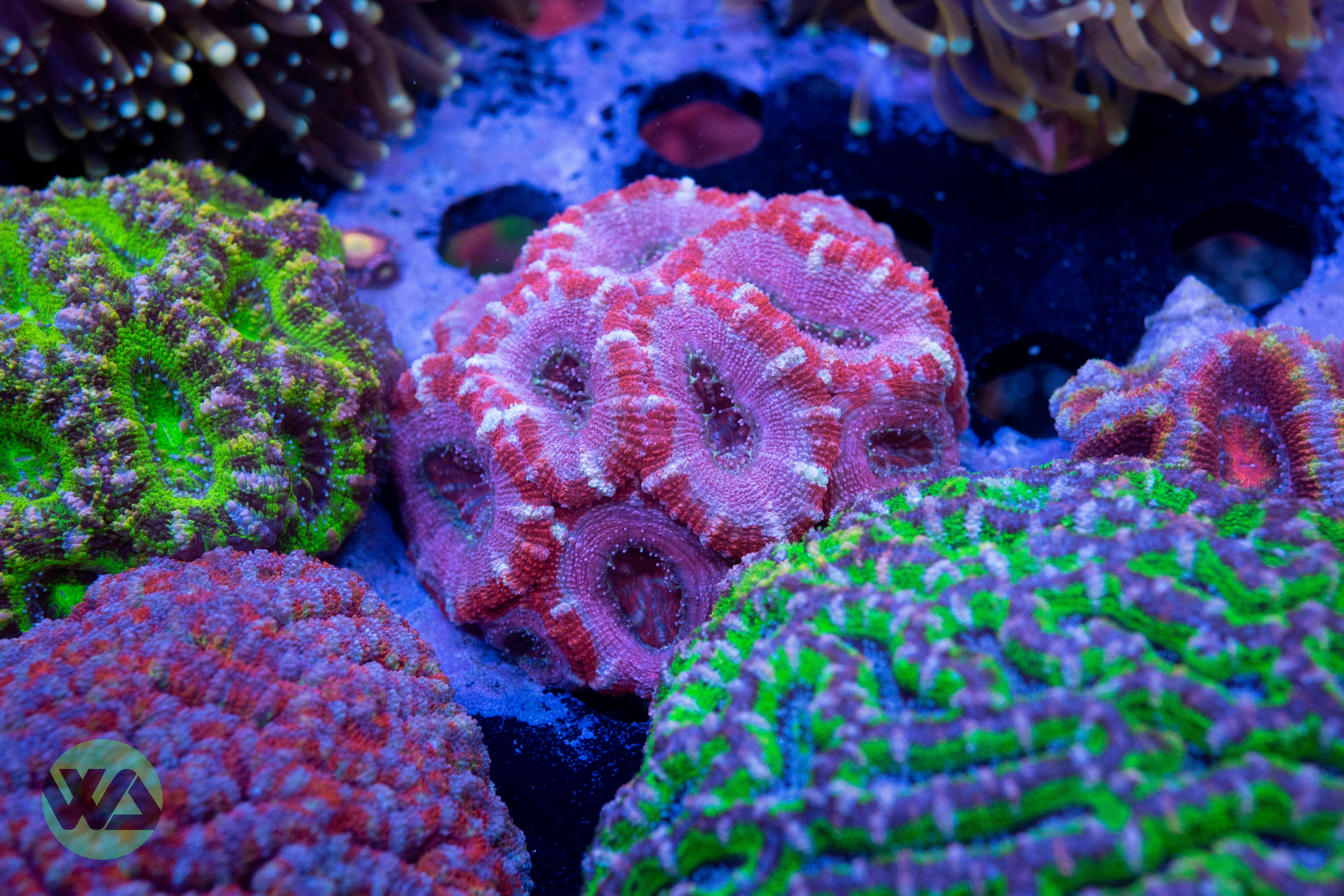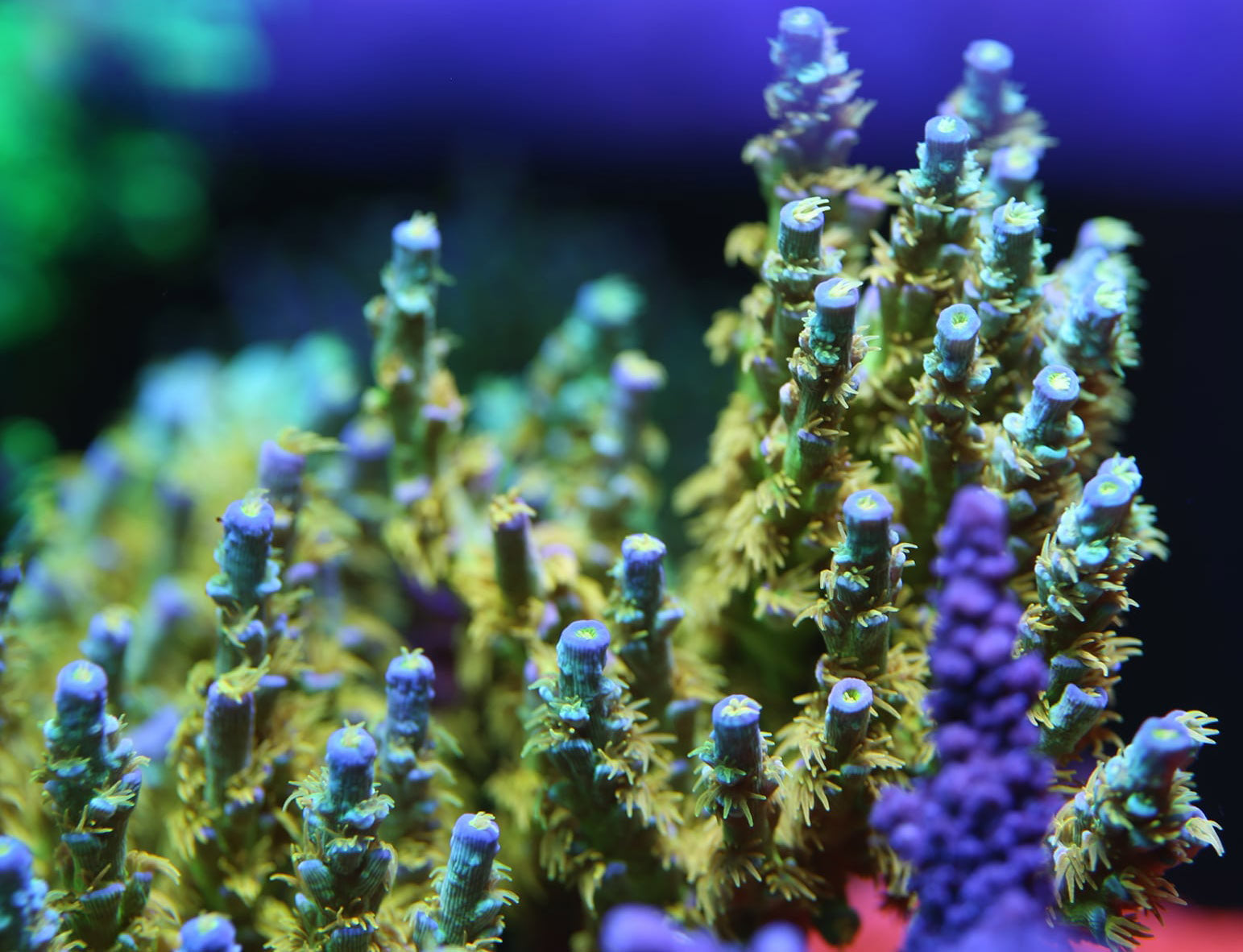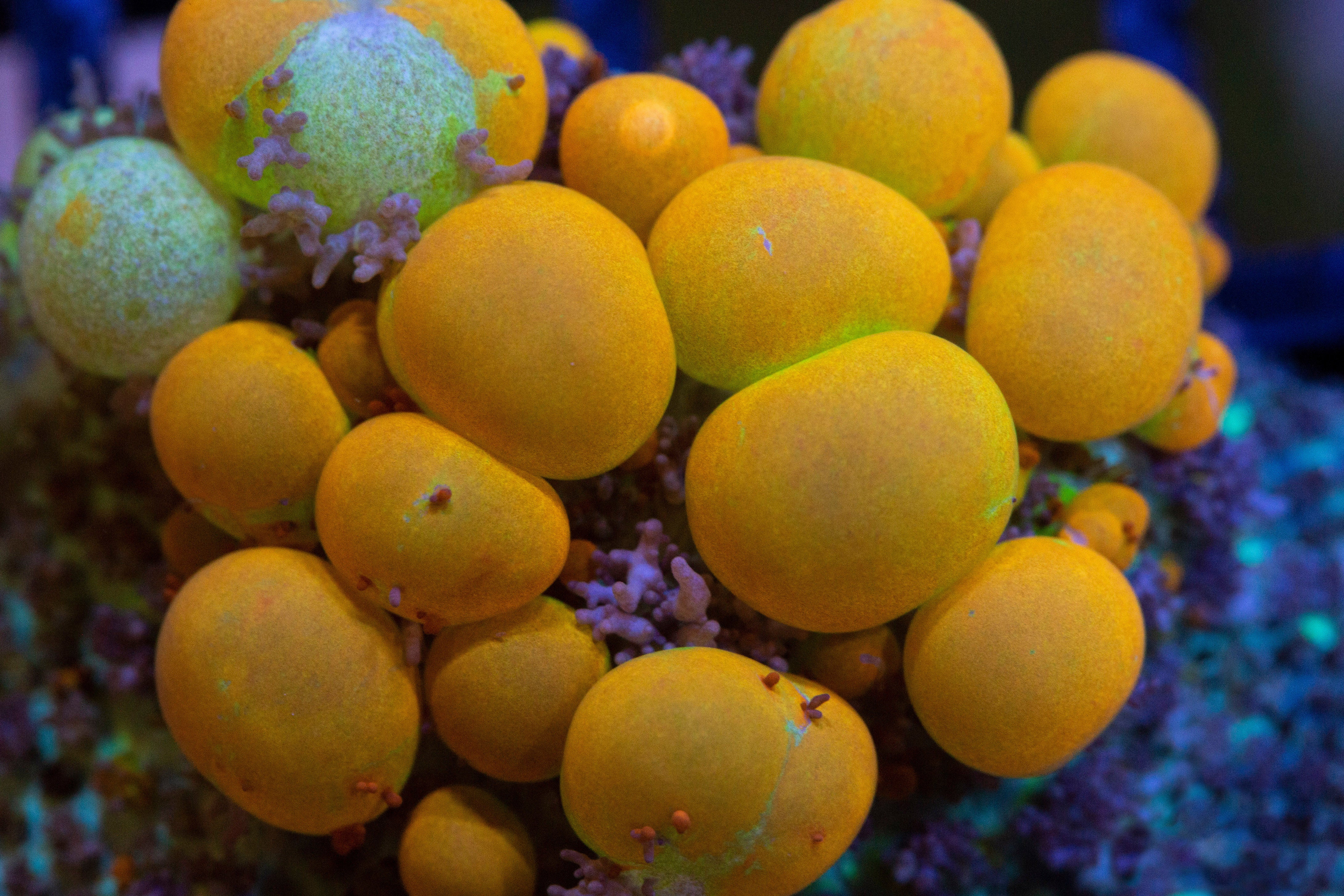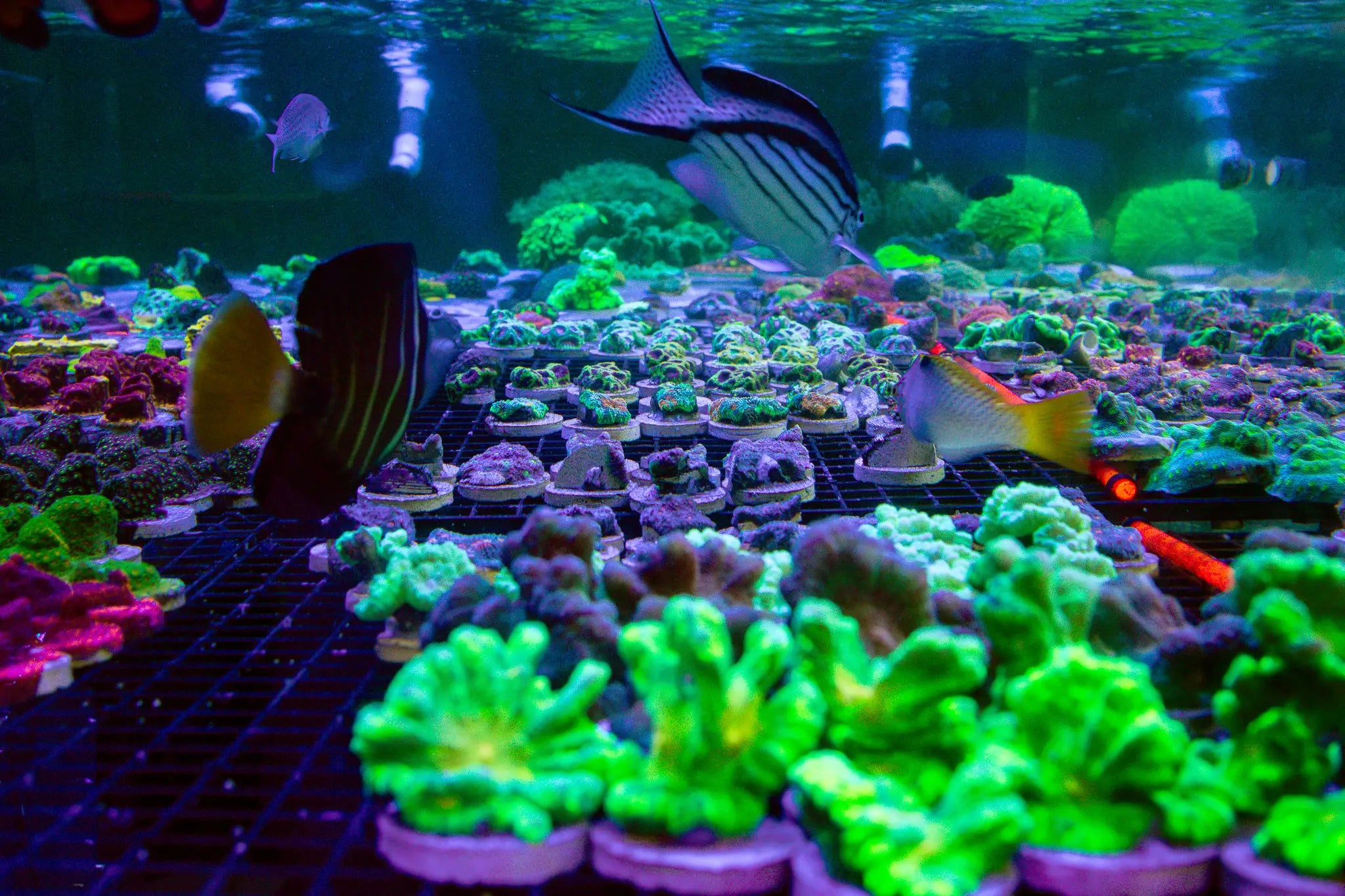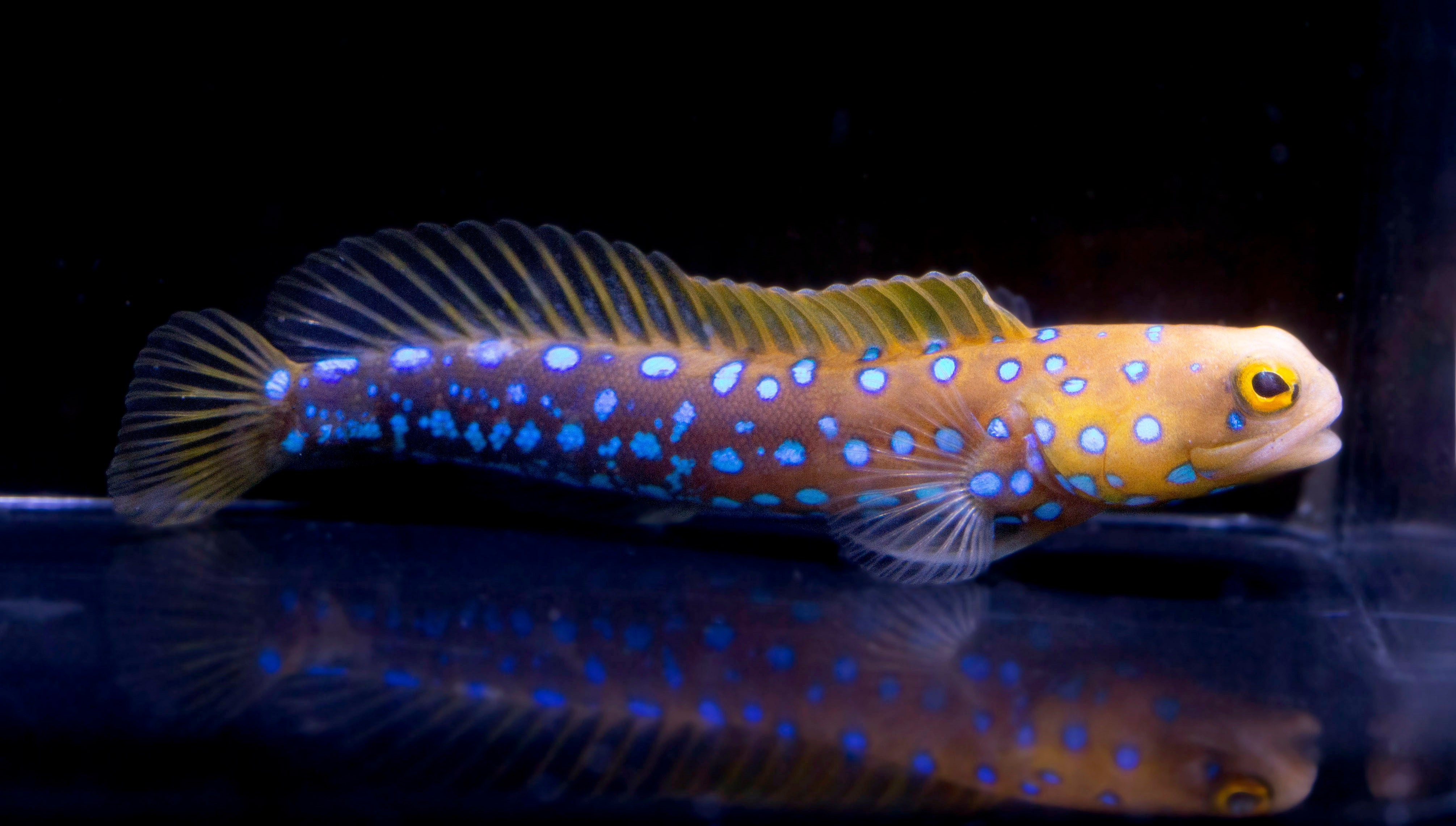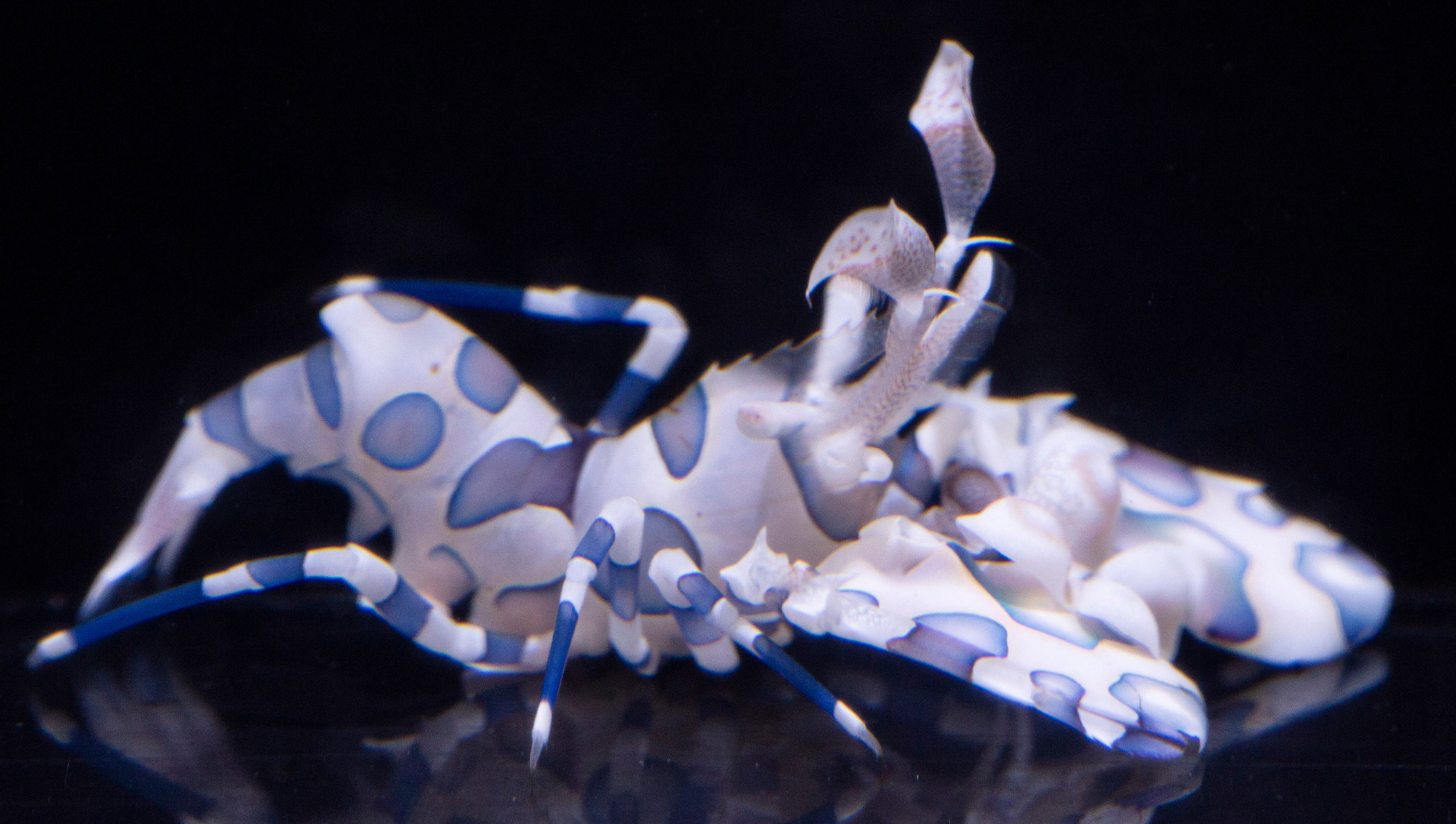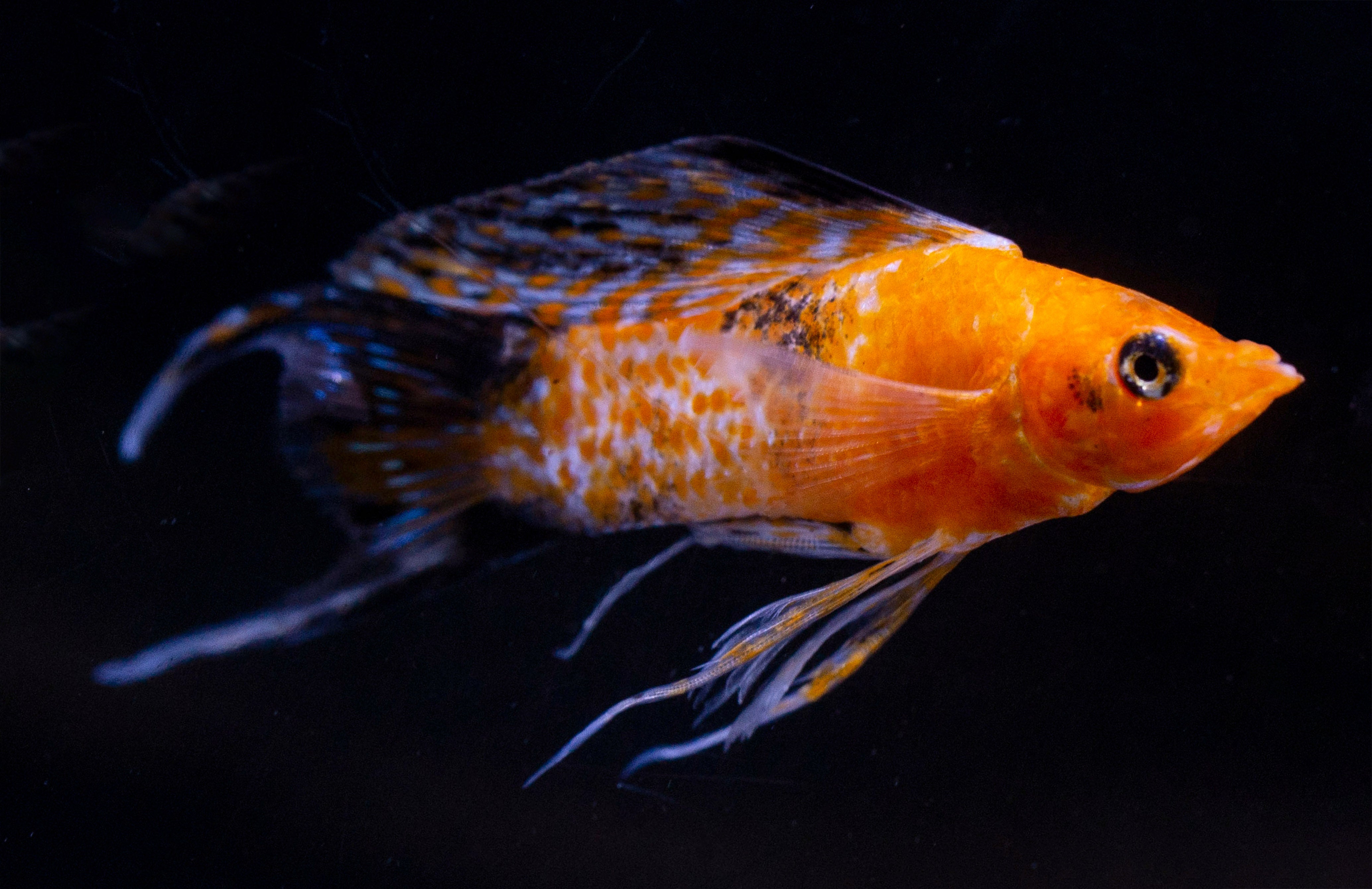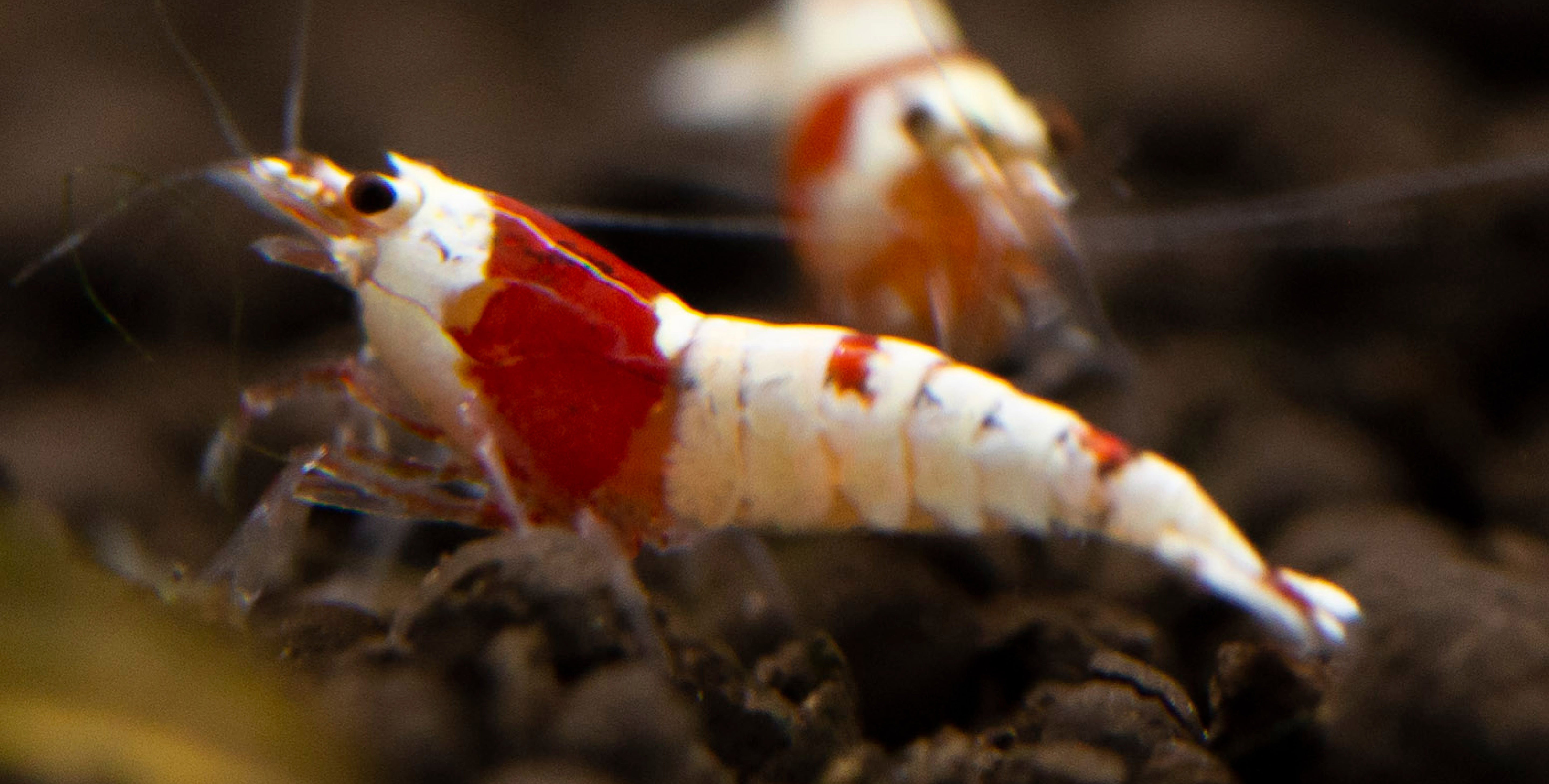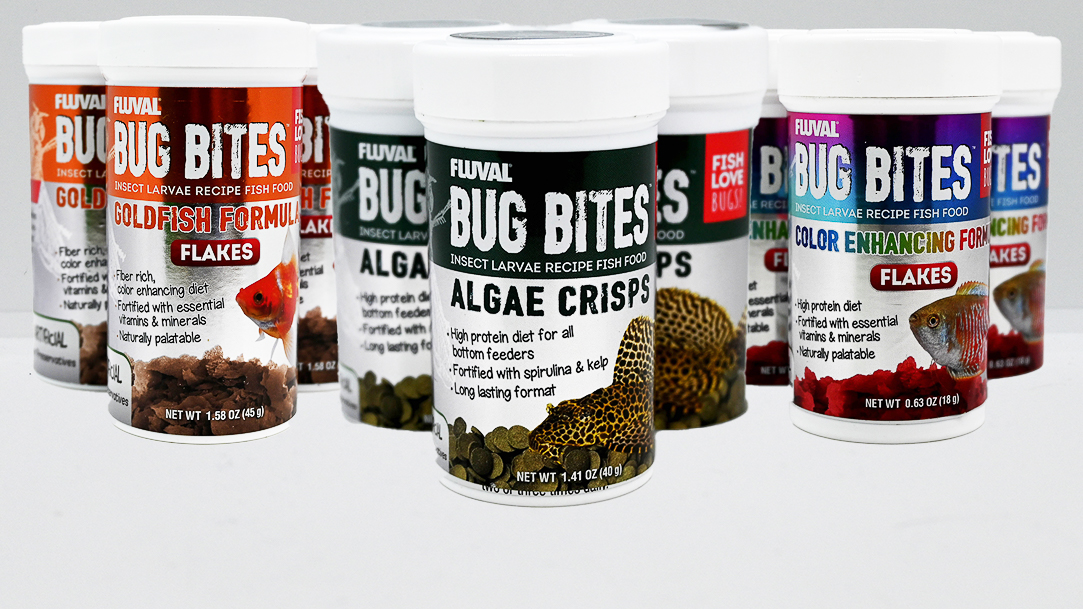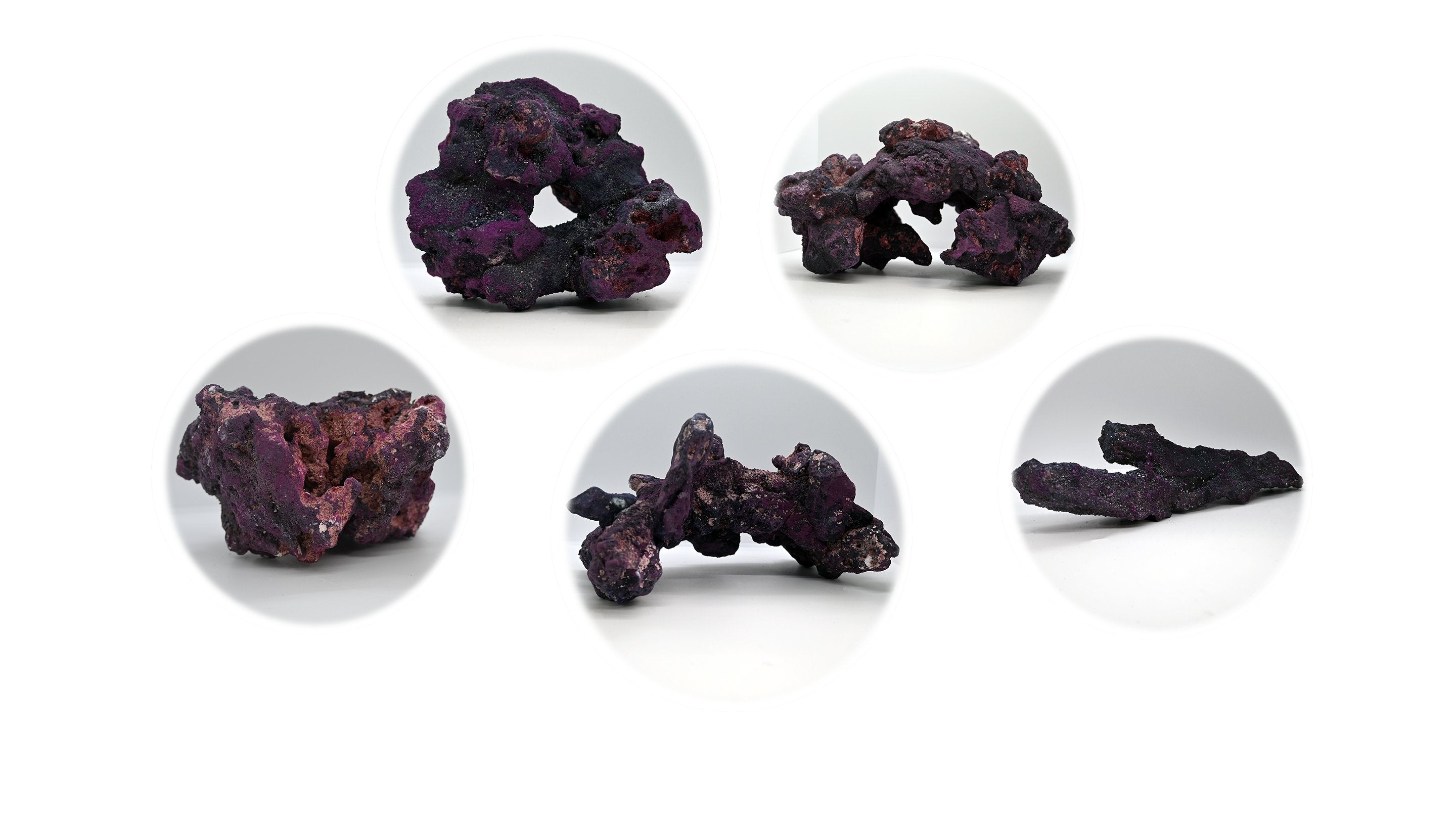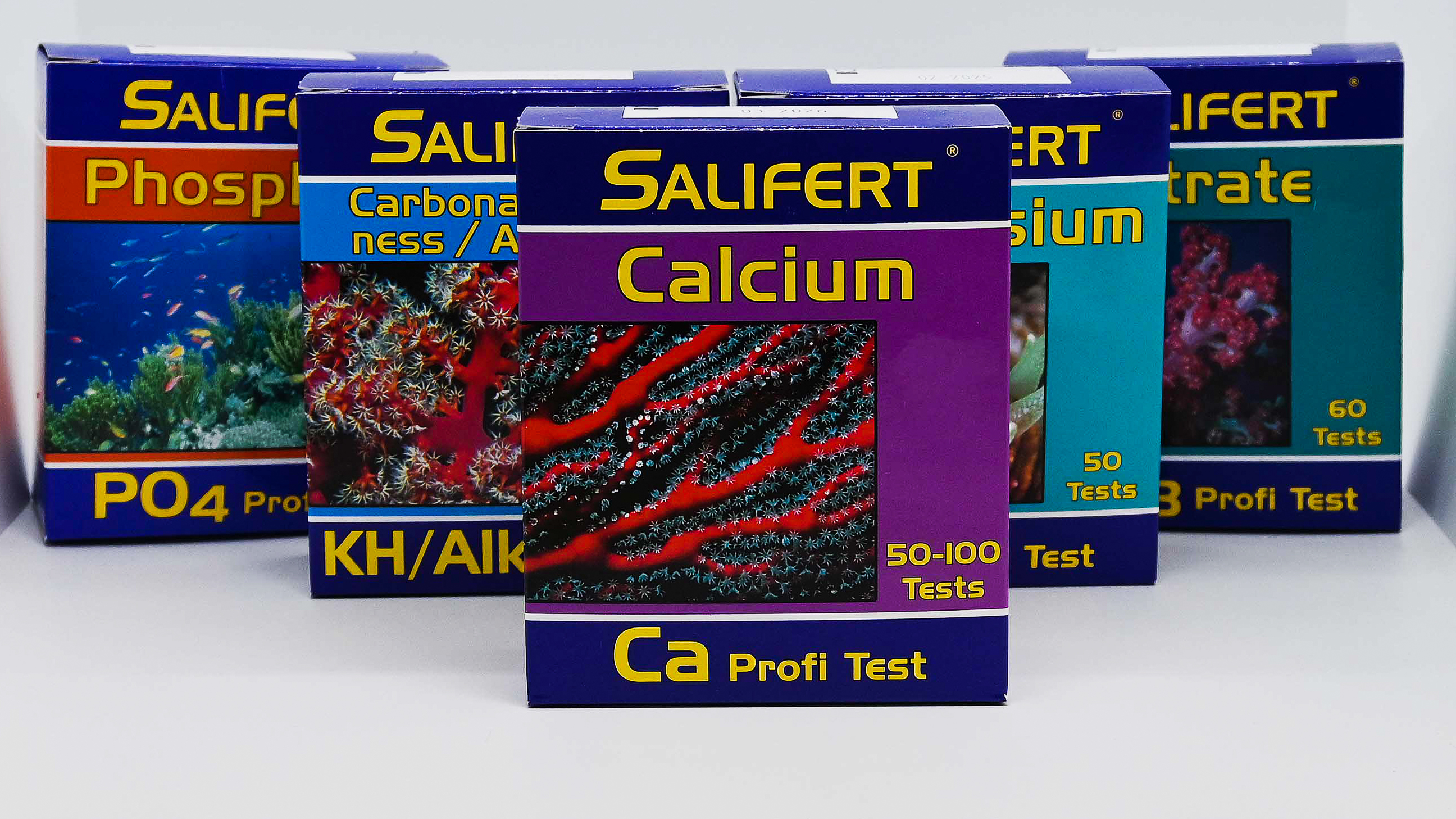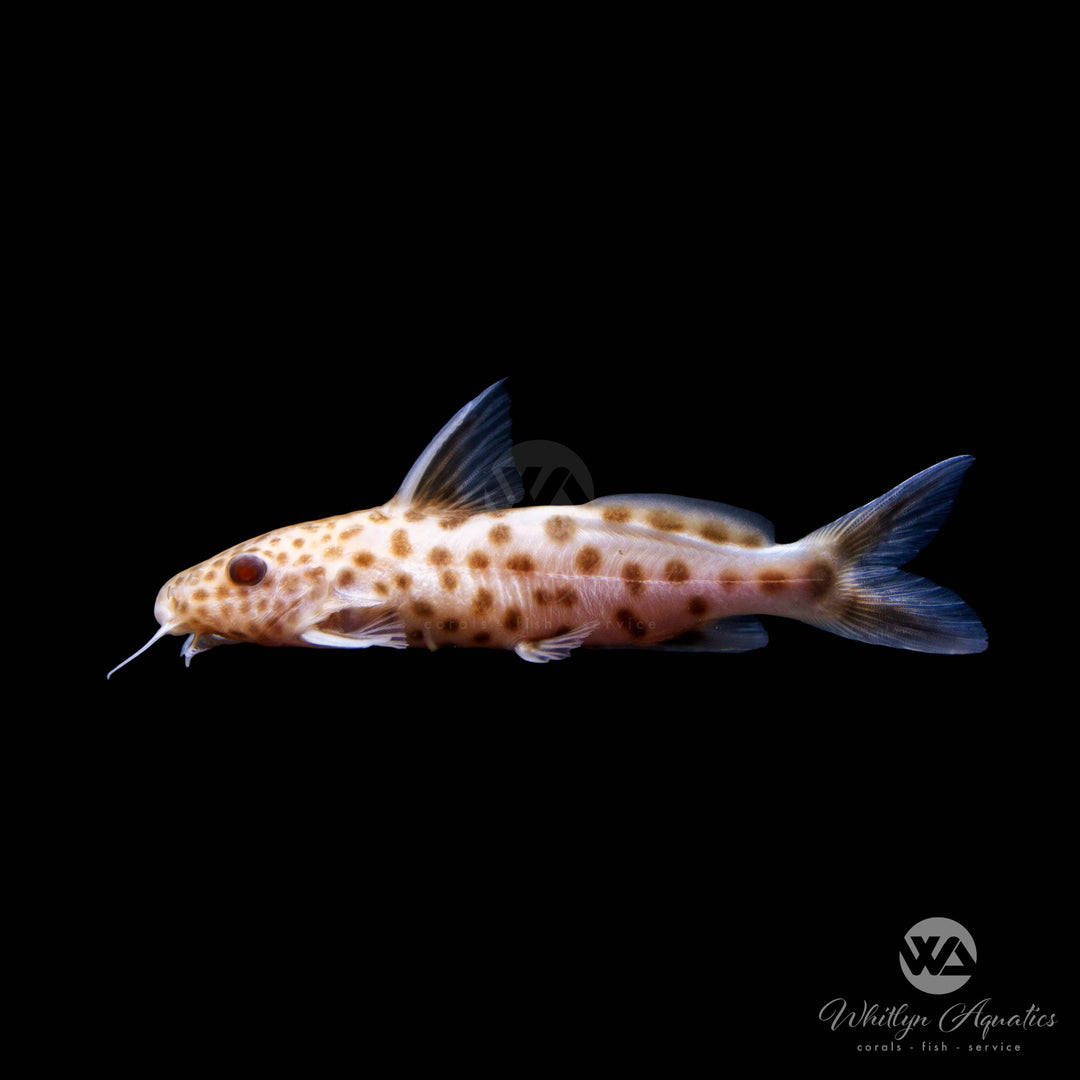
Pink Synodontis petricola
- In stock, ready to ship
- Backordered, shipping soon
Pink Synodontis Petricola (Synodontis petricola)
The Pink Synodontis Petricola is a rare and unique color variant of the popular Synodontis petricola, also known as the Dwarf Squeaker or Cuckoo Catfish. This freshwater catfish is native to Lake Tanganyika in Africa and is well-loved in the aquarium hobby for its peaceful nature, striking appearance, and fascinating behaviors. The pink variant adds an extra level of intrigue and beauty to this already captivating species.
Description:
• Common Name: Pink Synodontis Petricola, Dwarf Squeaker, Cuckoo Catfish
• Scientific Name: Synodontis petricola
• Family: Mochokidae
• Size: Up to 4 inches (10 cm)
• Color: Light pink or pale coloration, often with subtle patterns and dark spots, particularly on the fins
Native Region:
The natural form of Synodontis petricola is endemic to Lake Tanganyika in East Africa, where it inhabits rocky shorelines and sandy areas of the lake. The pink variant, however, is a selectively bred or naturally occurring morph that is more commonly seen in the aquarium trade.
Aquarium Setup:
• Tank Size: Minimum of 30 gallons (114 liters) for a small group
• Water Parameters:
• Temperature: 74-82°F (23-28°C)
• pH: 7.5-8.5
• Hardness: Hard, alkaline water (10-20 dGH)
• Substrate: Sandy or fine gravel substrate; provide plenty of rocks, caves, and hiding spots to mimic their natural habitat
• Diet: Omnivorous; feed a varied diet of sinking pellets, live or frozen foods like bloodworms, brine shrimp, and occasional vegetables
Care Level:
• Difficulty: Easy to moderate
• Temperament: Peaceful and social; best kept in groups of 3 or more to encourage natural schooling behavior
• Lifespan: 10-15 years
• Breeding: Egg-scatterer; breeding in captivity is possible but challenging, often involving the use of a “host” species for their eggs
Additional Tips:
• Tank Mates: Suitable for African cichlid tanks or peaceful community setups with fish that share similar water parameters. Avoid overly aggressive species that may bully the Synodontis.
• Behavior: Nocturnal and social, they are most active during the night and enjoy swimming in groups. Provide hiding spots where they can retreat during the day.
• Water Quality: Maintain high water quality with regular water changes and strong filtration to replicate their natural environment.


